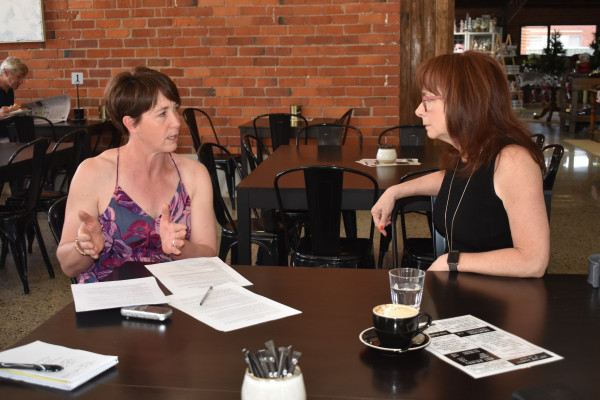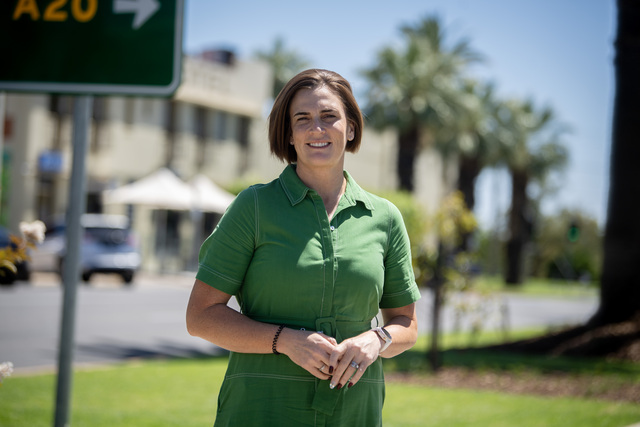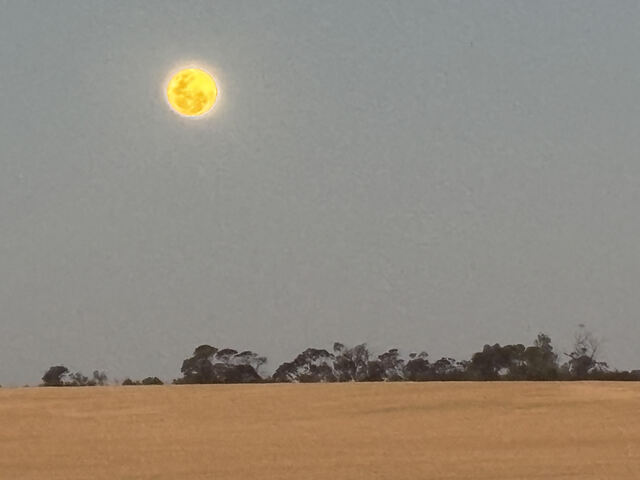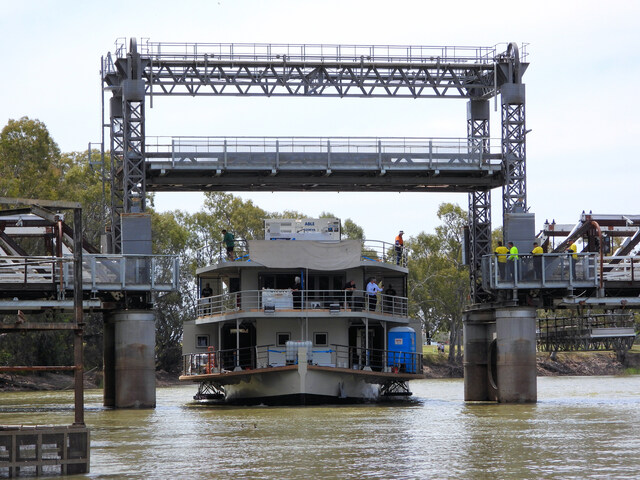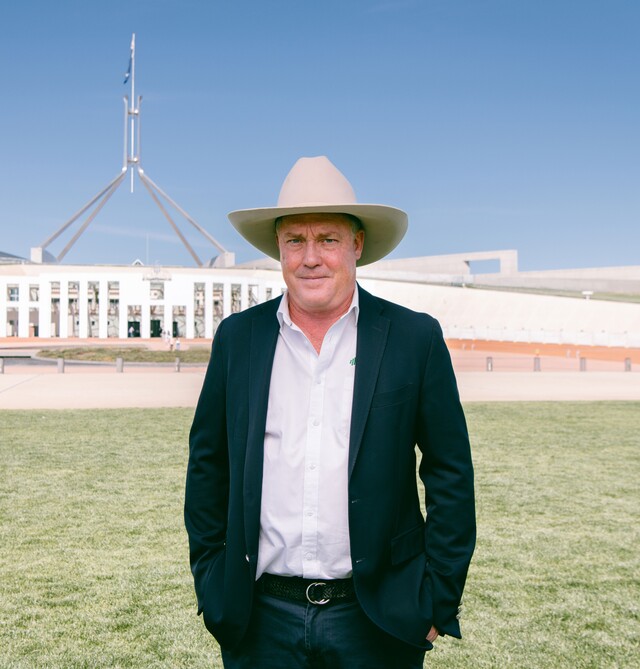In highlighting the environmental benefits of irrigation water, Ms Hay mentioned the wide range of birds and other wildlife on her farm.
She said 40 species of birds were once identified on a small section of her farm within the space of an hour, only five of which were introduced species.
“If they’re moving from the forests to the other wetlands, we’re the corridors,” Ms Hay said of the birds.
In regard to the stated environmental aims of the Murray-Darling Basin Plan, she explained how using irrigation water to achieve positive outcomes for nature would fit ideally into that intention.
“If it’s environmental, wouldn’t we be best to use dual-purpose water that is used for production of food and fibre and also provides habitat,” she questioned.
“Imagine what we could have done, if we had worked as a team.”
That could include measures such as authorities working with farmers to help them maximise the environmental benefits of their land.
“On the flipside of an environmental plan, how environmentally sound is it to be carting food from the other side of the world?” Ms Hay asked, suggesting the outcome of Australian farmers not being able to access sufficient irrigation water at a price they could afford.
She proposed to Dr Webster the possibility of measuring and recognising the environmental and dual-purpose benefits of irrigation water, with the prospect of freeing up more water to be purchased by farmers.
Money raised from the sale of that water could then go into further environmental projects, Ms Hay argued.
“I think it’s a really good point that Jodie raises that if they’re going to be doing irrigation of any sort and it’s bringing in all manner of bird species and other impacts that are environmental, it must be considered,” Dr Webster said.
“It’s a bit like carbon. If we’re going to talk about people planting a tree when they’re reducing their carbon footprint, surely it’s the same in terms of the evidence that you have bird species or frogs or whatever it is happening when you put water out there, then to me, that should be measured in a similar way.”
Dr Webster suggested that by measuring farmers’ environmental contributions, it may be possible to factor that into calculations determining how much ‘environmental water’ needed to be set aside, potentially making more water available to irrigators.
She indicated she would discuss the matter with federal environment minister Susan Ley.

